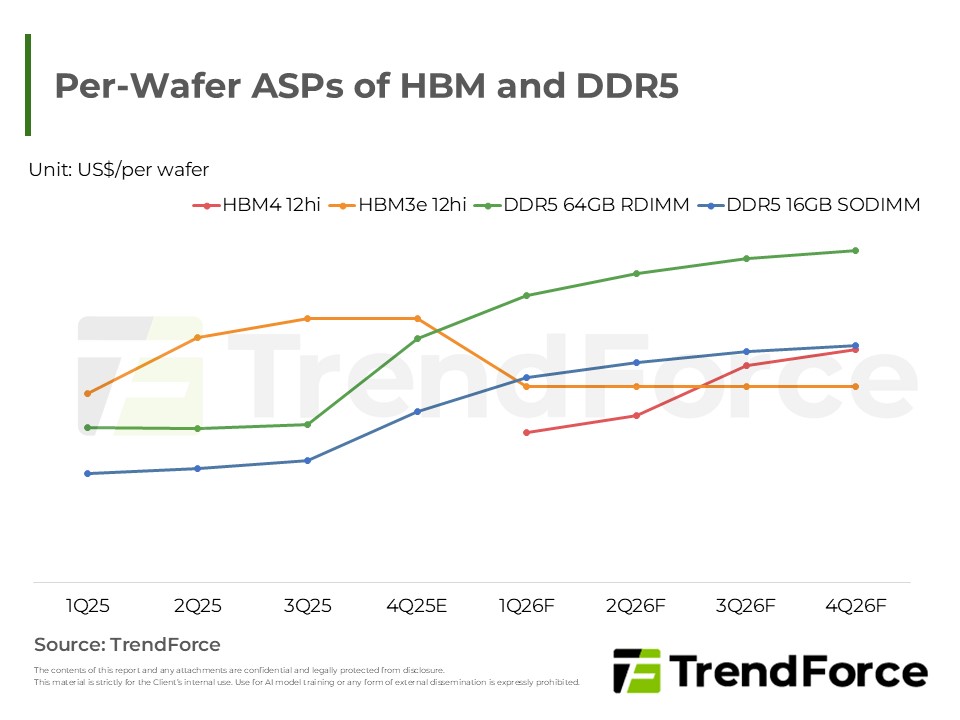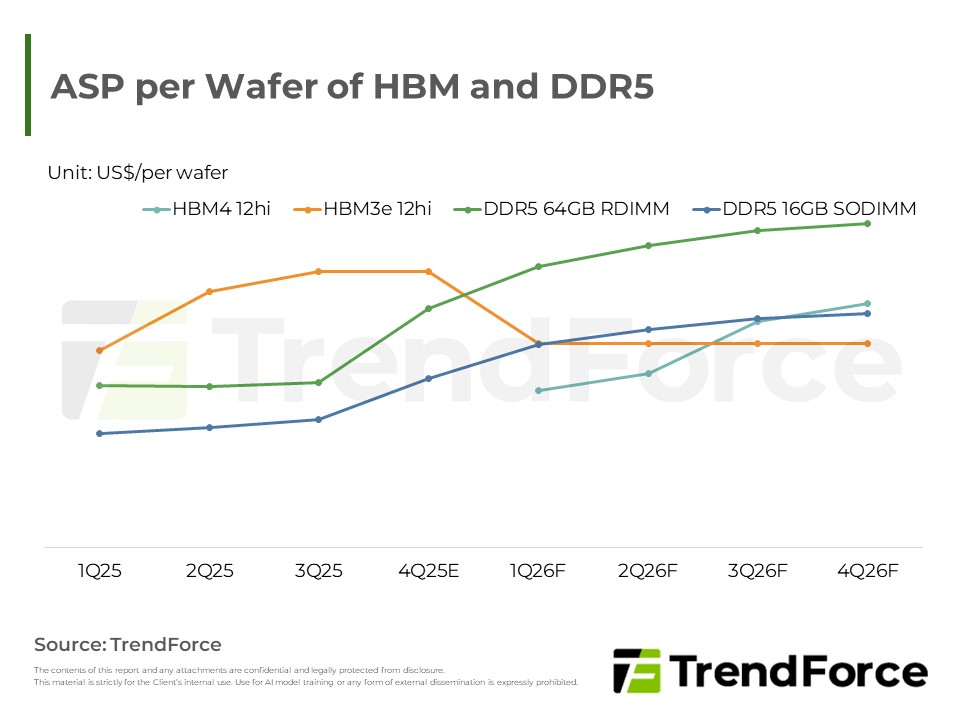Development of Image Signal Processors and Computational Photography and Progress in Overcoming Physical Limitations of Smartphone Cameras
Last Modified
2023-08-30
Update Frequency
Not
Format
Summary
Today, using smartphones to take photos has become a popular way for people to record and share everyday memories. Camera performance has also become an important factor for consumers when deciding to purchase a new smartphone. However, unlike traditional digital single-lens reflex cameras (DSLRs), smartphones are designed to be lightweight and slim. Therefore, adopting a larger CMOS image sensor (CIS) or a heavier lens assembly to improve photoshoot is not practical. To overcome this physical limitation, advanced image signal processors (ISPs) and innovative computational photography algorithms are used to significantly enhance the imaging quality of smartphone cameras. These solutions can effectively compensate for the shortcoming of not being able to incorporate larger optical components into a smartphone camera.
Table of Contents
1. Current Challenges in Upgrading Performance of Smartphone Cameras
2. Role That ISP Play in Imaging Process
3. Computational Photography
4. Analysis of Imaging Processing Flow and Architecture of ISP
5. Future Development Direction of ISPs as Seen in Apple’s and Qualcomm’s Technologies for Computational Photography
6. TRI’s View
(1) Due to Hardware-based Physical Limitations, ISPs and Algorithms for Computational Photography
Have Emerged As New Paths for Upgrading Performance of Smartphone Cameras
(2) Chinese Smartphone Brands Will Continue to Develop Dedicated ISPs so as to Create Product
Differentiation
(3) AI Represents a Major Direction in Development of Imaging Processing Technology
<Total Pages:11>

Category: Telecommunications , Consumer Electronics
Spotlight Report
-
DRAM/NAND Flash 2026 Capex: AI-Driven Revisions, Capacity Limited

2025/11/07
Selected Topics

PDF
-
2026 NAND Flash: AI & HDD Shortage Ignite Price Surge

2025/10/07
Selected Topics

PDF
-
DDR5 Supply Shortfall Drives Prices Higher; 2026 Profits Will Surpass HBM3e

2025/10/22
Selected Topics

PDF
-
High-Capacity SSDs Emerge: AI Storage Solutions & NAND Flash

2025/09/18
Selected Topics

PDF
-
High Server DRAM Demand Drives Expansion by Major Suppliers

2025/11/24
Selected Topics

PDF
-
Nearline SSD Rise: HDD Gap Fuels AI Data Center Reshaping

2025/09/22
Selected Topics

PDF
Selected TopicsRelated Reports
Download Report
USD $2,000
Membership
- Selected Topics
- Selected Topics-0044_Development of Image Signal Processors and Computational Photography and Progress in Overcoming Physical Limitations of Smartphone Cameras
Spotlight Report
-
DRAM/NAND Flash 2026 Capex: AI-Driven Revisions, Capacity Limited

2025/11/07
Selected Topics

PDF
-
2026 NAND Flash: AI & HDD Shortage Ignite Price Surge

2025/10/07
Selected Topics

PDF
-
DDR5 Supply Shortfall Drives Prices Higher; 2026 Profits Will Surpass HBM3e

2025/10/22
Selected Topics

PDF
-
High-Capacity SSDs Emerge: AI Storage Solutions & NAND Flash

2025/09/18
Selected Topics

PDF
-
High Server DRAM Demand Drives Expansion by Major Suppliers

2025/11/24
Selected Topics

PDF
-
Nearline SSD Rise: HDD Gap Fuels AI Data Center Reshaping

2025/09/22
Selected Topics

PDF








